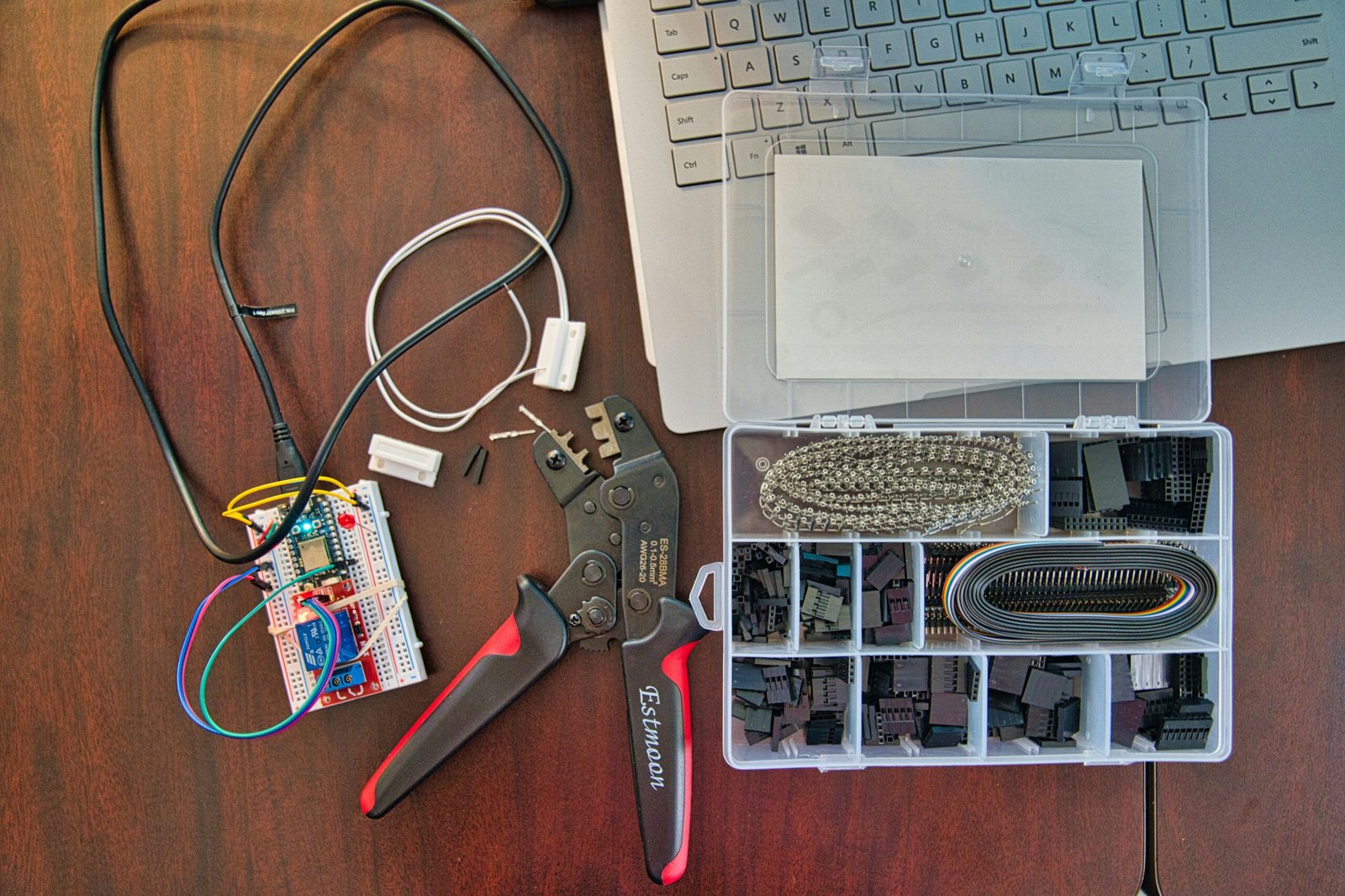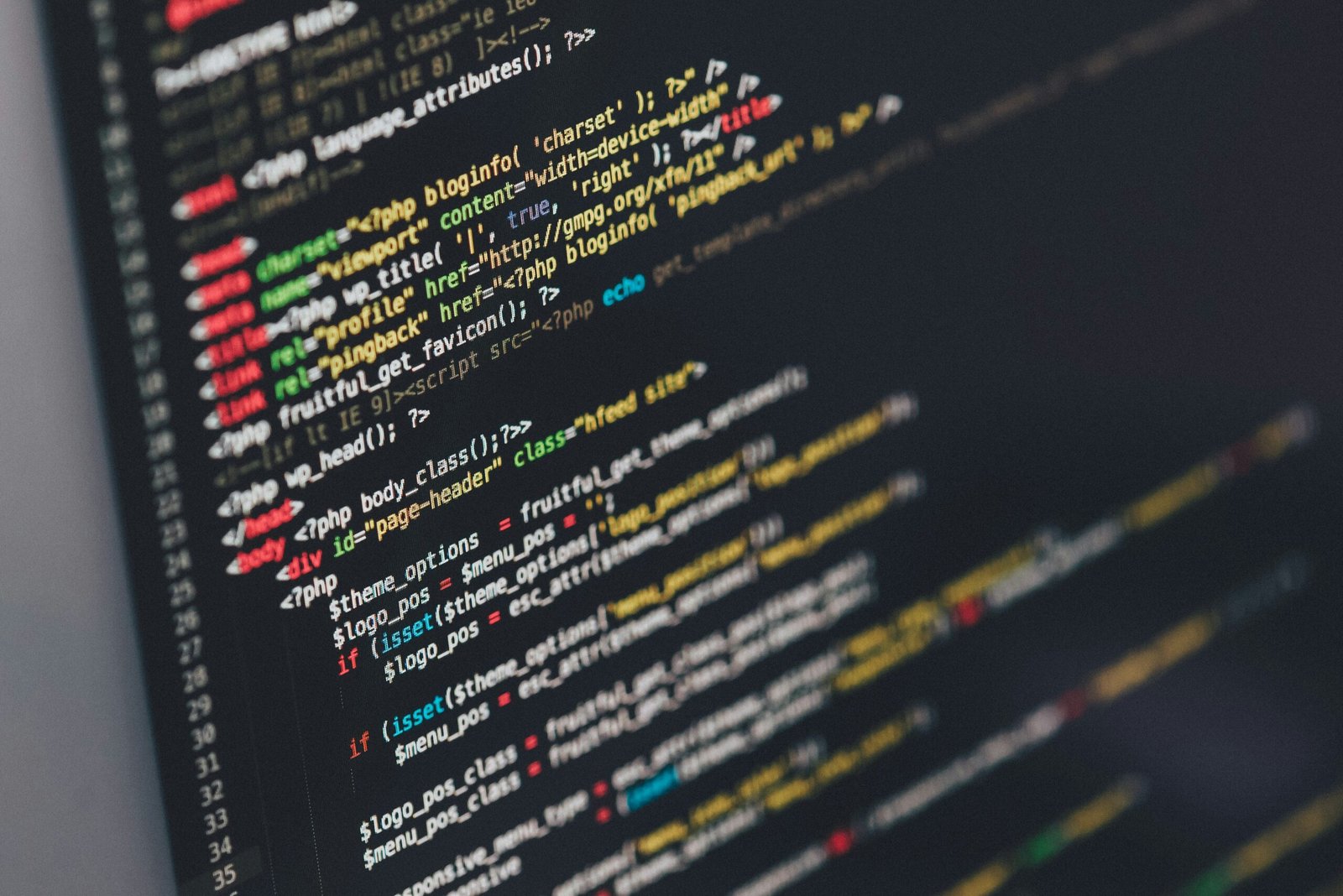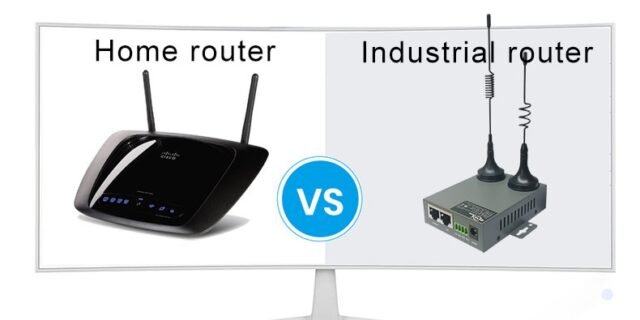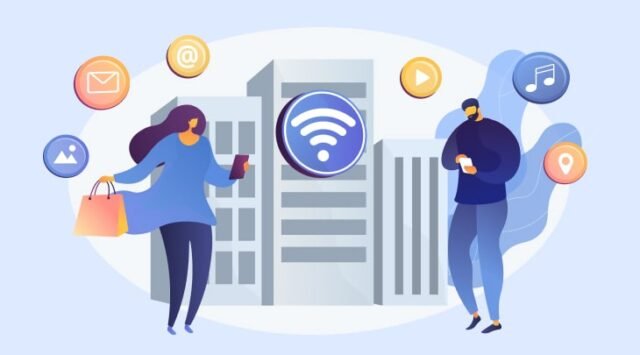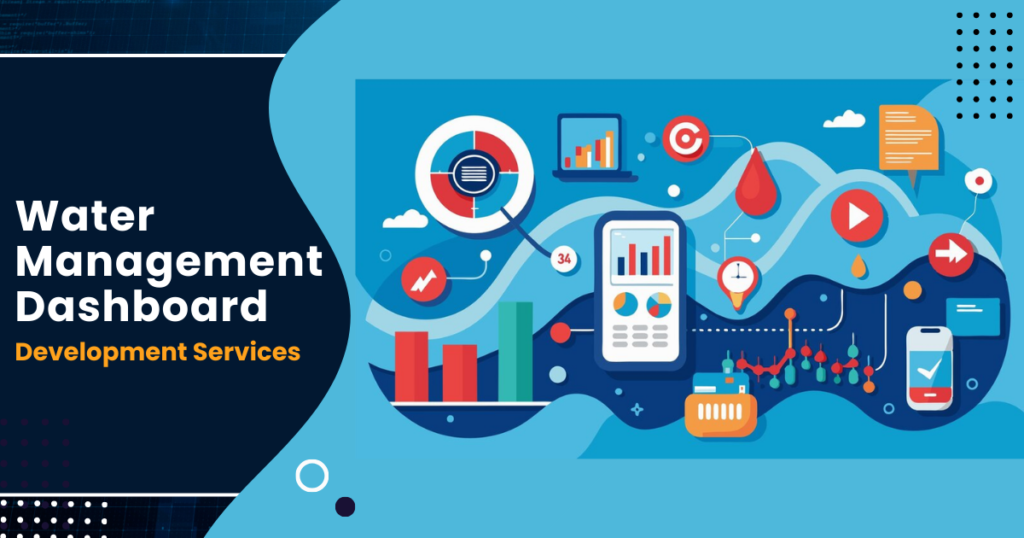Introduction to IoT and Its Evolution
The Internet of Things (IoT) refers to the interconnected network of physical devices embedded with sensors, software, and other technologies to exchange data with other devices and systems over the internet. These “smart” devices range from everyday household items like thermostats and refrigerators to complex industrial machines. The core components of IoT include sensors and actuators, connectivity, data processing, and user interfaces. These elements work together to gather, transmit, and analyze data, enabling more informed decision-making and automation.
Over the past decade, IoT technology has undergone significant advancements. Initially, IoT was primarily focused on consumer applications, such as smart home devices and wearable technology. However, its scope has expanded dramatically to include industrial applications, healthcare, transportation, and more. This evolution has been driven by advancements in sensor technology, the proliferation of wireless communication, and the development of robust cloud computing infrastructures. These milestones have not only made IoT more accessible but also more reliable and scalable.
The growing importance of IoT is evident across various industries. In manufacturing, IoT-enabled predictive maintenance systems reduce downtime and increase efficiency. In healthcare, wearable devices monitor patient health in real time, allowing for better management of chronic conditions. The transportation sector benefits from IoT through improved fleet management and real-time traffic monitoring, enhancing both efficiency and safety. These examples underscore the transformative potential of IoT across different sectors, setting the stage for discussing future trends in the coming sections.
As we look toward 2024 and beyond, the future of IoT promises even more profound impacts. Emerging trends and technologies such as edge computing, 5G connectivity, and advanced analytics are poised to further revolutionize the IoT landscape. These innovations will enable faster data processing, lower latency, and more sophisticated data analysis, driving the next wave of IoT adoption and integration.
AI and Machine Learning Integration
The integration of Artificial Intelligence (AI) and Machine Learning (ML) into Internet of Things (IoT) systems is proving to be a transformative force, significantly enhancing decision-making, predictive maintenance, and automation across various industries. This synergy between AI, ML, and IoT is enabling the development of smarter, more efficient systems that can process vast amounts of data in real-time and adapt to changing conditions autonomously.
In smart cities, AI-driven IoT solutions are being deployed to optimize traffic management, reduce energy consumption, and improve public safety. For instance, AI algorithms can analyze data from IoT sensors embedded in traffic lights, roadways, and vehicles to predict traffic congestion and adjust signal timings dynamically, reducing commute times and lowering emissions. Similarly, intelligent lighting systems powered by AI can adjust brightness based on the time of day and occupancy, leading to significant energy savings.
Healthcare is another domain where the integration of AI and IoT is making a profound impact. Wearable devices and remote monitoring systems equipped with IoT sensors provide continuous health data, which AI can analyze to detect anomalies and predict potential health issues before they become critical. This proactive approach not only enhances patient care but also reduces the burden on healthcare facilities by enabling early intervention and personalized treatment plans.
In the realm of industrial IoT, AI and ML are revolutionizing predictive maintenance and operational efficiency. AI algorithms can process data from IoT-enabled machinery to predict equipment failures and schedule maintenance proactively, minimizing downtime and extending the lifespan of assets. Additionally, AI-driven automation in manufacturing processes can optimize production lines, reduce waste, and improve product quality, leading to significant cost savings and increased competitiveness.
The potential for AI to unlock new capabilities and efficiencies in IoT networks is immense. By enhancing the ability of IoT systems to learn from data and make intelligent decisions, AI and ML are paving the way for a future where interconnected devices work seamlessly to create smarter environments, improve quality of life, and drive innovation across sectors.
5G and IoT Connectivity
The advent of 5G technology is poised to revolutionize the landscape of IoT connectivity, offering faster, more reliable, and lower-latency communication. This leap forward in mobile network technology is expected to significantly enhance the future of IoT, particularly in domains that demand real-time data processing and high bandwidth. The deployment of 5G networks will facilitate an unprecedented expansion of IoT applications, enabling new possibilities in various sectors.
One of the key areas where 5G will make a substantial impact is in autonomous vehicles. The low-latency communication provided by 5G is crucial for the real-time data exchange required for vehicle-to-vehicle (V2V) and vehicle-to-infrastructure (V2I) communication. This advancement will enhance the safety and efficiency of autonomous driving systems, enabling them to react promptly to dynamic road conditions and potential hazards.
In the realm of healthcare, 5G connectivity will be a game-changer for remote surgery and telemedicine. The high-speed, low-latency connections offered by 5G networks will allow surgeons to perform complex procedures from a distance with precision and minimal delay. This capability will be particularly beneficial in emergency situations or in regions where access to specialized medical expertise is limited.
Augmented reality (AR) and virtual reality (VR) applications will also see significant advancements with the integration of 5G technology. The enhanced bandwidth and reduced latency will enable smoother and more immersive experiences, supporting a range of applications from entertainment to industrial training and education. These improvements will drive the adoption of AR and VR solutions, further integrating them into daily life and professional practices.
However, the deployment of 5G networks is not without its challenges. The infrastructure required for 5G is extensive, necessitating significant investment and coordination among telecom operators, governments, and other stakeholders. Additionally, concerns regarding cybersecurity and privacy will need to be addressed to ensure the safe and secure operation of IoT devices connected via 5G.
Despite these challenges, the opportunities presented by 5G technology in enhancing IoT connectivity are immense. As 5G networks continue to roll out globally, the potential for innovation and growth in IoT applications will undoubtedly expand, shaping the future of various industries and transforming everyday experiences.
Edge Computing and IoT
The evolution of the Internet of Things (IoT) is ushering in a significant shift towards edge computing. Unlike traditional models where data is sent to centralized cloud servers for processing, edge computing brings data processing closer to the source of data generation. This paradigm shift is becoming increasingly crucial in the realm of IoT due to its myriad benefits.
One of the primary advantages of edge computing in the future of IoT is the reduction in latency. By processing data at or near the source, edge computing minimizes the time it takes for data to travel, leading to faster decision-making and real-time responsiveness. This is particularly beneficial in scenarios where milliseconds matter, such as in autonomous vehicles or critical healthcare applications.
Improved security is another significant benefit. Data processed at the edge is less prone to interception during transmission, which can be a vulnerability in centralized cloud systems. By keeping sensitive information closer to its origin, edge computing enhances data privacy and reduces the risk of cyberattacks.
Furthermore, edge computing optimizes bandwidth usage. In traditional IoT setups, continuous data transmission to cloud servers can congest networks and incur high costs. Edge computing alleviates this by processing substantial amounts of data locally, transmitting only essential information to the cloud. This efficiency is particularly advantageous in large-scale IoT deployments, such as smart cities or industrial IoT environments.
Practical applications of edge computing in IoT are already evident. In smart manufacturing, edge computing enables real-time monitoring and predictive maintenance of machinery, leading to increased operational efficiency and reduced downtime. Smart homes benefit from edge devices that can control lighting, heating, and security systems instantaneously, enhancing user experience and energy efficiency. Additionally, real-time analytics facilitated by edge computing empower businesses to make swift, data-driven decisions, from retail to transportation sectors.
As the future of IoT continues to evolve, the integration of edge computing will play a pivotal role in maximizing its potential. By addressing latency, security, and bandwidth challenges, edge computing is set to redefine how IoT systems operate, making them more efficient, secure, and responsive.
IoT Security and Privacy Concerns
The rapid proliferation of Internet of Things (IoT) devices has brought about significant security and privacy concerns. As these devices become integral to our daily lives, they also present new vulnerabilities that can be exploited by malicious actors. Common threats include hacking, data breaches, and unauthorized access, which can lead to severe consequences such as the theft of sensitive information, disruption of services, and even physical harm.
One of the primary challenges in IoT security is the sheer number of connected devices, each with varying levels of security. Many IoT devices are designed with minimal security features, making them easy targets for cybercriminals. Additionally, the interconnected nature of IoT ecosystems means that a single compromised device can potentially jeopardize an entire network. This makes robust security measures essential for safeguarding these systems.
To mitigate these risks, several best practices and emerging solutions have been developed. Robust encryption is critical in protecting data transmitted between IoT devices and central systems. Secure firmware updates ensure that devices are protected against newly discovered vulnerabilities. Comprehensive IoT security frameworks, which include measures such as device authentication, network segmentation, and continuous monitoring, provide a holistic approach to securing IoT deployments.
Building trust in IoT systems is crucial for their widespread adoption. Users must feel confident that their data is secure and that their privacy is respected. This can be achieved by implementing transparent security policies, regularly updating security protocols, and fostering a culture of security awareness among developers and users alike. As the future of IoT continues to evolve, addressing these security and privacy concerns will be paramount in ensuring the safe and secure integration of IoT technologies into our lives.
Interoperability and Standardization in IoT
As the Internet of Things (IoT) continues to expand, the proliferation of diverse devices and platforms has brought forth significant challenges in achieving seamless interoperability. The ability for various IoT devices to communicate and work together smoothly is not just a convenience but a necessity for the future of IoT. Interoperability ensures that devices from different manufacturers can share data and collaborate, thus unlocking the full potential of IoT ecosystems.
One of the main hurdles in achieving interoperability is the lack of universal standards. Currently, the IoT landscape is fragmented, with multiple proprietary protocols and communication standards. This fragmentation leads to compatibility issues, making it difficult for developers to create applications that work across different IoT platforms. Interoperability is crucial as it helps mitigate these issues, facilitating a more cohesive network where data flows seamlessly between devices, enhancing the overall efficiency and functionality of IoT systems.
To address these challenges, several industry initiatives and standards bodies are working towards creating a unified framework for IoT communication and data exchange. Organizations such as the International Organization for Standardization (ISO), the Institute of Electrical and Electronics Engineers (IEEE), and the Internet Engineering Task Force (IETF) are at the forefront of developing standards that promote interoperability. Protocols like MQTT (Message Queuing Telemetry Transport), CoAP (Constrained Application Protocol), and OPC UA (Open Platform Communications Unified Architecture) are gaining traction and are increasingly being adopted to ensure consistent and reliable communication between IoT devices.
Furthermore, initiatives like the Open Connectivity Foundation (OCF) and the Industrial Internet Consortium (IIC) are striving to create comprehensive frameworks and reference architectures that support interoperability. These initiatives aim to foster collaboration and innovation by providing guidelines and best practices for IoT deployment. By adhering to these standards and protocols, manufacturers and developers can ensure that their products are compatible and can seamlessly integrate into the broader IoT ecosystem.
In conclusion, achieving interoperability and standardization in IoT is paramount for unlocking its full potential. By overcoming the challenges of fragmentation and adopting universal standards, the IoT industry can move towards a more interconnected and efficient future, paving the way for innovative applications and services that can transform various sectors.
Sustainability and Green IoT
The future of IoT is intrinsically linked to sustainability and environmental conservation. Emerging trends and technologies in this field are unveiling new horizons for optimizing energy consumption, reducing waste, and monitoring environmental conditions. As the world grapples with climate change and resource depletion, IoT solutions are increasingly being harnessed to foster a more sustainable future.
One significant area where IoT is making a substantial impact is in optimizing energy consumption. Smart grids, for instance, leverage IoT technology to enhance the efficiency of electricity distribution. By integrating real-time data analytics, these grids can balance supply and demand more effectively, reduce energy losses, and accommodate renewable energy sources like solar and wind power. This not only promotes energy efficiency but also contributes to reducing greenhouse gas emissions.
Precision agriculture is another innovative application of Green IoT. By deploying sensors and data analytics, farmers can monitor soil moisture levels, crop health, and weather conditions with unprecedented accuracy. This enables them to use water, fertilizers, and pesticides more judiciously, thereby minimizing environmental impact and enhancing crop yields. Such advancements are crucial for ensuring food security while preserving natural resources.
In the realm of sustainable urban planning, IoT technologies are being utilized to create smarter, greener cities. From intelligent lighting systems that adjust based on real-time occupancy to waste management solutions that optimize collection routes and schedules, cities are becoming more efficient and environmentally friendly. IoT-enabled air quality monitoring systems also play a critical role in tracking pollution levels and informing policy decisions to improve urban living conditions.
Examples of innovative projects in Green IoT are plentiful. For instance, the use of IoT in water management systems helps detect leaks and monitor water quality, ensuring sustainable water use. Similarly, smart buildings equipped with IoT devices can monitor and control heating, ventilation, and air conditioning (HVAC) systems, significantly reducing energy consumption.
As we look towards the future of IoT, it is clear that these technologies will continue to play a pivotal role in promoting sustainability. By embracing and advancing Green IoT initiatives, we can make significant strides towards a more sustainable and environmentally conscious world.
Future Prospects and Innovations in IoT
The future of IoT is poised to be shaped by a convergence of groundbreaking technologies, each contributing to a more interconnected and intelligent world. Among these, quantum computing stands out as a transformative force, promising to exponentially increase processing power and enable complex data analyses at unprecedented speeds. This will allow IoT systems to handle vast amounts of data more efficiently, enhancing decision-making processes and predictive analytics.
Blockchain technology is another pivotal innovation set to revolutionize the IoT landscape. By providing a decentralized and secure framework for data transactions, blockchain can address major concerns related to data integrity and privacy. This is particularly crucial as IoT networks expand and the volume of sensitive data transmitted between devices grows. Blockchain’s ability to create immutable records will ensure that IoT systems are not only more transparent but also more resilient to cyber threats.
Advanced sensor technology will continue to evolve, contributing to more precise and versatile IoT applications. Innovations in sensor miniaturization and energy efficiency will enable the development of more sophisticated and unobtrusive devices. These sensors will be capable of monitoring a wider array of environmental and biological parameters, leading to enhanced real-time monitoring and automation in sectors such as healthcare, agriculture, and smart cities.
As these emerging trends and technologies merge, the impact on various sectors will be profound. In healthcare, IoT-enabled devices will facilitate more personalized and proactive patient care, while in agriculture, smart sensors will optimize resource utilization and crop management. In urban areas, the integration of IoT with smart infrastructure will improve traffic management, energy efficiency, and public safety.
Looking ahead, the future of IoT is brimming with limitless possibilities. The synergistic advancements in quantum computing, blockchain, and sensor technology will not only drive technological progress but also redefine the way individuals interact with their environment. As IoT continues to evolve, it promises to unlock new dimensions of connectivity and intelligence, transforming daily lives and industries on a global scale.



